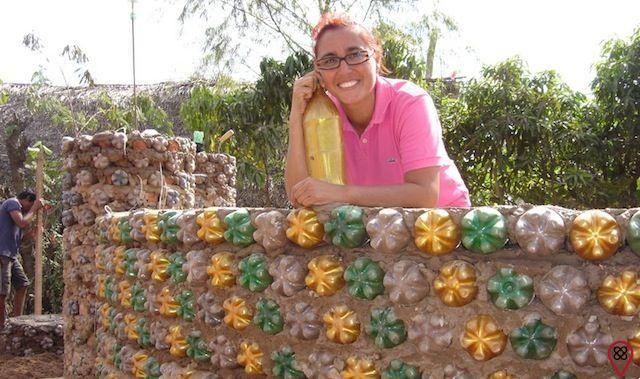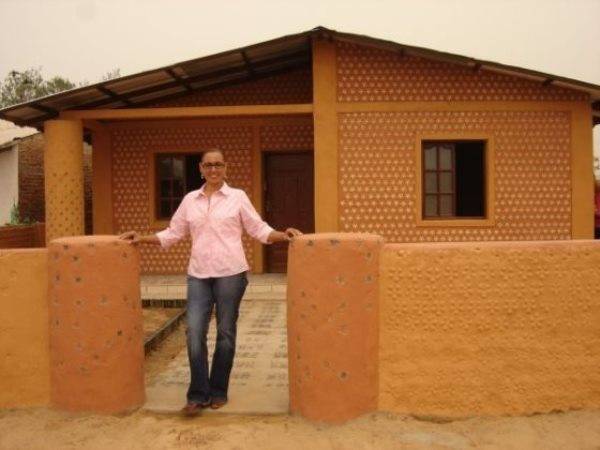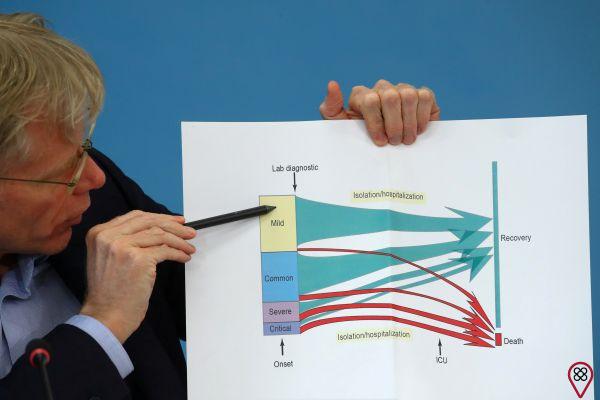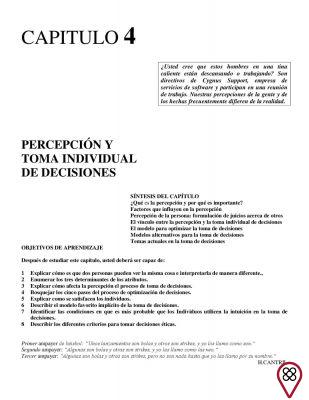Ingrid Vaca Diez, a lawyer and business manager from Santa Cruz de La Sierra, has been innovating and transforming the world for over 15 years. Her story began in 2000, when she was already involved with humanitarian causes and with the social inequalities that are present in Latin American countries.
It was at this time that the lawyer decided to fulfill the dream of children in her Alfredo Vaca Diez neighborhood, asking them what they would like to receive as a gift. Most answered toys, as expected. But one request in particular caught his attention.
A girl asked in her letter for a room so she could sleep, as eight people lived in her house and they slept very tight. This stuck in Ingrid's mind and an idea was born shortly after an argument with her husband.
The Bolivian has always used plastic bottles to make crafts and the accumulation ended up resulting in a fight between the couple. In a tone of irony, Ingrid's companion said that with that many bottles it was possible to build a house. With the idea in her mind and with the story of the girl in the letter in her mind, the lawyer then began to experiment and found the ideal formula: PET and a sustainable cement, made with clay, porridge, sugar and linseed.

Thus, the Casas de Botellas (Bottle Houses) project was born, which aims to build housing for families in extreme poverty using both PET bottles and cement.
With the help of volunteers, including future residents of the residences, Ingrid has already built more than 300 houses in Bolivia and neighboring countries such as Mexico, Uruguay, Argentina and Panama.
All villas are anti-earthquake, low cost and bring safety and comfort. Because they have thick walls and full of earth, they also have thermal insulation, which helps to maintain the temperature inside the house for longer.
The process
The bottles that are used to build houses are always filled with disposable materials, such as plastic bags, paper and mainly earth and sand. When full, they weigh approximately 3,6 kg and are tied and fixed with cement and lime to form the walls.
According to Ingrid, using 82 2-liter PET bottles or 240 600 ml bottles, it is possible to build a house in up to 20 days if at least 10 volunteers help in the process.
The first house built by the Bolivian woman was 170m² and 36 two-liter plastic bottles were used.

It is worth remembering that, according to research commissioned by the Cement Sustainable Initiative (CSI – Cement Sustainability Initiative), cement plants are responsible for 5% of global CO2 (carbon dioxide) emissions annually. During the production of a ton of clinker, the basic material for the manufacture of cement, a ton of CO2 is produced, which contributes to the increase in the greenhouse effect.
Positive attitudes like Ingrid's can help not only people who need help with the economic and social situation in their countries, but also the environment on a global scale. Have you ever thought if large companies or those who have access to technology and science would find more ecological solutions, as the Bolivian one did? What if everyone together decided to change and do differently with what they have in hand? We would certainly live in a healthier and more evolved world.
You may also like other articles by this author. Access: Wanted a brave human

























